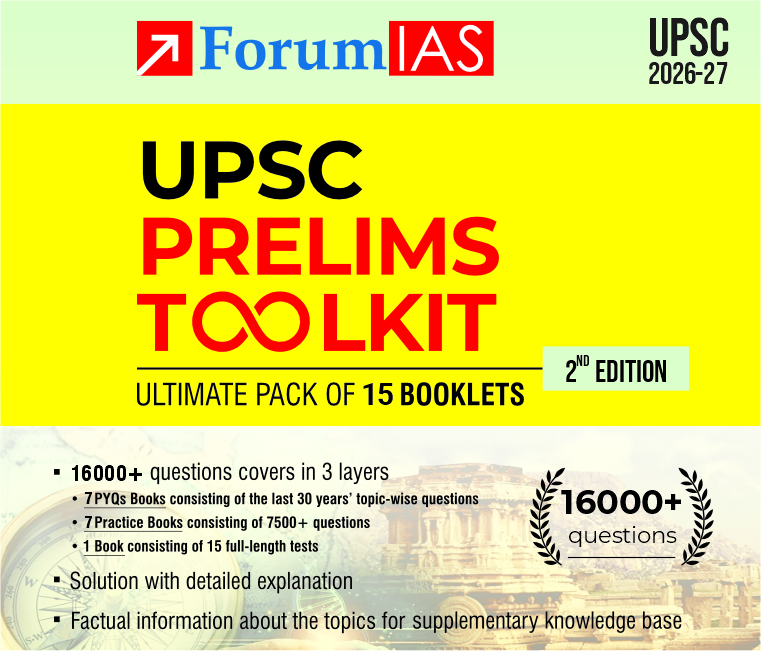News: A “corpse flower” at the Royal Botanic Gardens in Sydney attracted over 20,000 visitors for its highly anticipated bloom. These flowers are rare bloomers, and this one opened for the first time since 2010.

About Corpse flower
- The corpse flower (Amorphophallus titanum) is a rare and distinctive plant known for its large size and foul odor, which resembles the smell of decaying flesh.
- It is famous for its unusual blooming cycle and its ability to attract carrion-eating insects for pollination.
- Habitat– It is native to the rainforests of western Sumatra, Indonesia where it is called bunga bangkai (bunga means flower and bangkai means corpse).
Key Features:
- Size and Structure:
- It can grow up to 3 meters (about 10 feet) tall.
- It features a tall, phallic spadix (a spike) surrounded by a purple spathe (a petal-like structure), which unfurls during blooming.
- Odour: The flower emits a strong, unpleasant smell similar to rotting meat. This scent attracts carrion insects, such as flies and carnivorous bees, which aid in the pollination process.
- Blooming Cycle: The blooming of the corpse flower is rare and often occurs once every 7–10 years or more. The bloom lasts for only a single day.
- Pollination:
- The flower relies on carrion insects to pollinate.
- It has both male and female flowers, with the female flowers blooming first to avoid self-pollination.
- Conservation Status:
- IUCN– Endangered
Related Species: Rafflesia arnoldii (the largest individual flower in the world), Dracunculus vulgaris, Stapelia gigantea.






